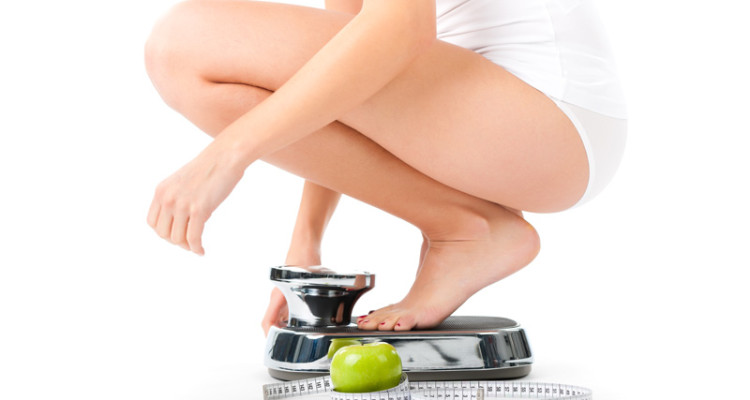Why the standard BMI test should be a thing of the past.
Did you know that one of the most universal health measurements is also one of the most antiquated—as in, Industrial Revolution antiquated?
It’s true—the good ole’ BMI (body mass index) was actually created in the 1830s by a Belgian mathematician, statistician and sociologist named Lambert Adolphe Jacques Quetelet. It was created without the use of calculators, computers, or modern technology. And while its simplicity made it functional in its pre-computer time, this very same simplicity is what makes it a supremely unreliable method of determining how healthy you are.
Related: Lee Memorial Health System New Wellness Initiative
Here’s a refresher, in case it’s been a while since you’ve calculated your BMI: An estimate of body fat, BMI assigns people into “underweight” (a reading under 18.5), “normal” (18.5 – 24.9), “overweight” (25 – 29.9), and “obese” (30 or higher). The measurements are based on a relative height and weight chart, which seems pretty straightforward, right? Except for the glaring issue of lean muscle, which is not taken into account at all. This means that an athlete weighing more than a non-athlete because of his or her heavier muscle bulk might get an “overweight” read-out. Meanwhile a non-athlete, or an older person with muscle loss, both of whom could potentially have underlying health issues due to higher fat levels (especially visceral fat around the stomach area), might get a “normal” indicator. We call bull on that one.
So why do we keep this assessment around? Well, it’s been suggested that it could be because “nobody wants to rock the boat.” That’s what Nick Trefethen, a Professor of Numerical Analysis at Oxford University’s Mathematical Institute, wrote in a letter to The Economist, saying that since institutions on both sides of the Atlantic widely agreed upon the BMI as a universally acceptable formula years ago, no one has dared to change it. And while it worked at the time, these days, it seems a bit like using an abacus when you could just grab a calculator.
Bottom line—if you want to know whether your percentage of body fat puts you in a healthy range, there are better options than measuring your BMI. Here are a few examples of more accurate methods:
Calipers
A skin fold assessment test, widely available at most gyms, is one of the most accessible and affordable ways to assess your body fat. Performed on three, four, or seven designated sites on the body (including arm, abdominals, thigh and chest), a technician pinches the skin and then uses the caliper device to measure the thickness of the skin fold. After taking the measurements, the technician will then plug them into a formula to come up with a total body fat percentage. Though this test can be very accurate when done correctly, the main downside is human error—the technician you use needs to really have knowledge and heavy experience using the calipers so you get a consistent reading.
Hydrostatic Weighing
Are you like a fish to water? Then you might not mind a hydrostatic (or underwater) weighing, a highly accurate technique where your normal body weight (outside water) is compared to your weight while completely submerged. By comparing these two numbers, then factoring in the density of water, technicians assess total density, from which a total body fat composition can be estimated. The drawback? Convenience. You’ll have to find a specialized lab, university, or research facility with a tank, and it’ll cost you anywhere from $40 to $100.
DEXA Scan
Even though Duel-Energy X-Ray Absorptiometry might sound like an intimidating mouthful, it’s also the most accurate body fat composition test out there. That’s because it’s also the most high-tech; as the preferred technique for measuring bone mineral density (BMD) and diagnosing osteoporosis, the machine scans your entire body using one high energy and one low energy x-ray beam. Technicians then measure the amount of absorption of each x-ray as it passes through the body, thus getting a very precise reading of bone mineral density, lean body mass and fat mass. The good news? It only takes 10-20 minutes of lying on a table, is non-invasive and pain-free. The not-so-good news? Because of the cutting edge equipment and technology used, it can be a pretty penny: though cost varies depending on your insurance policy, if paying out of pocket, look to fork over $130-150.
Inspired yet? Read on…
Sex, Sleep, And Snacks: How Yoga Imporves Your Favorite Things

